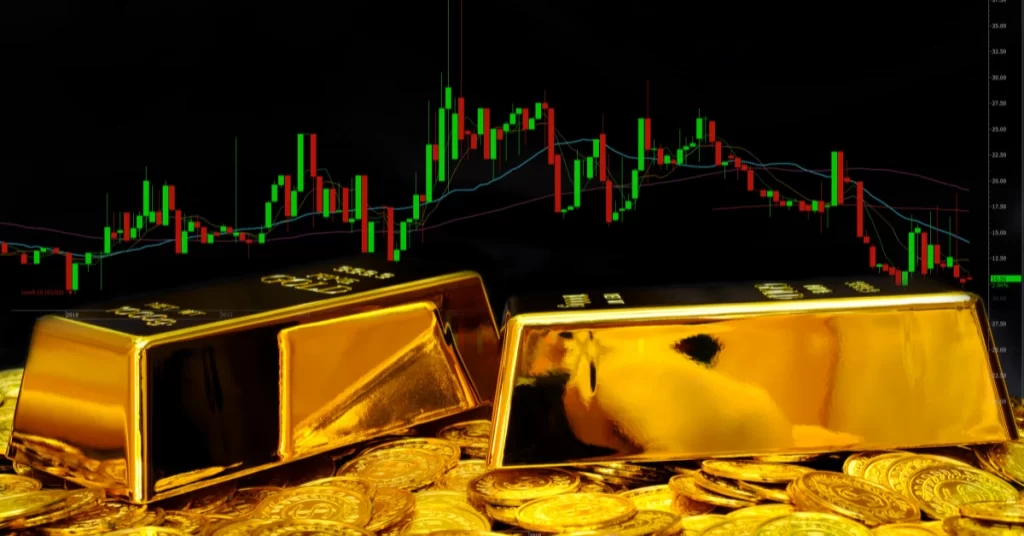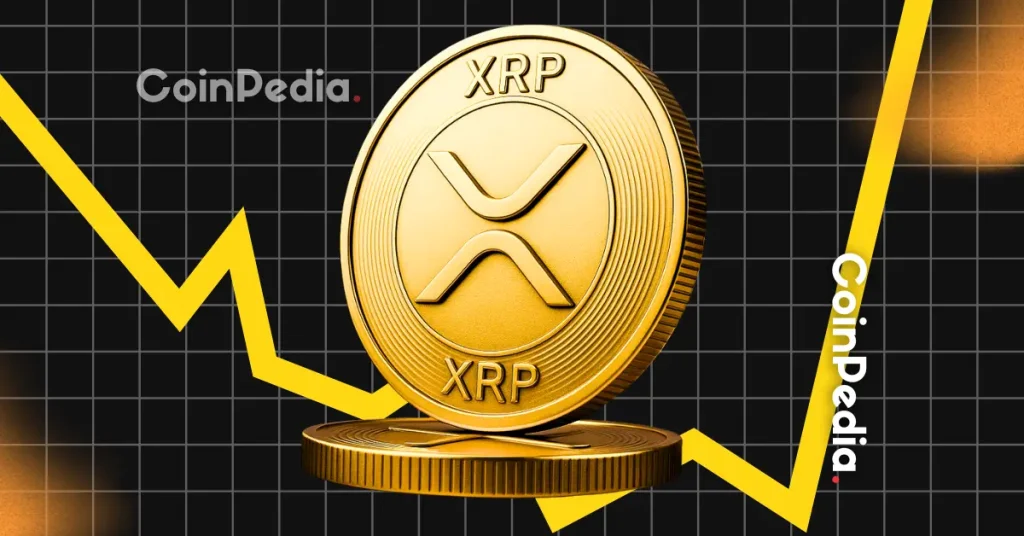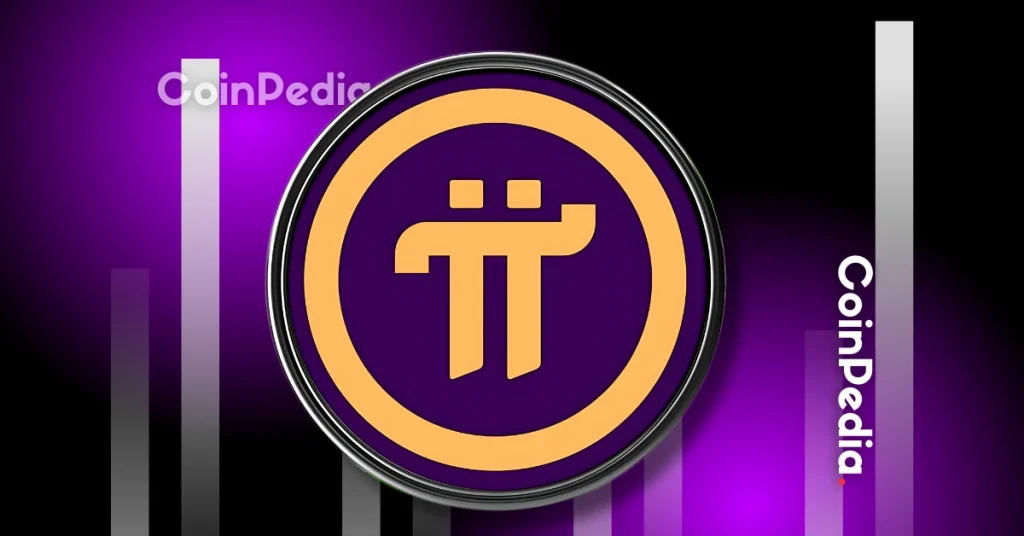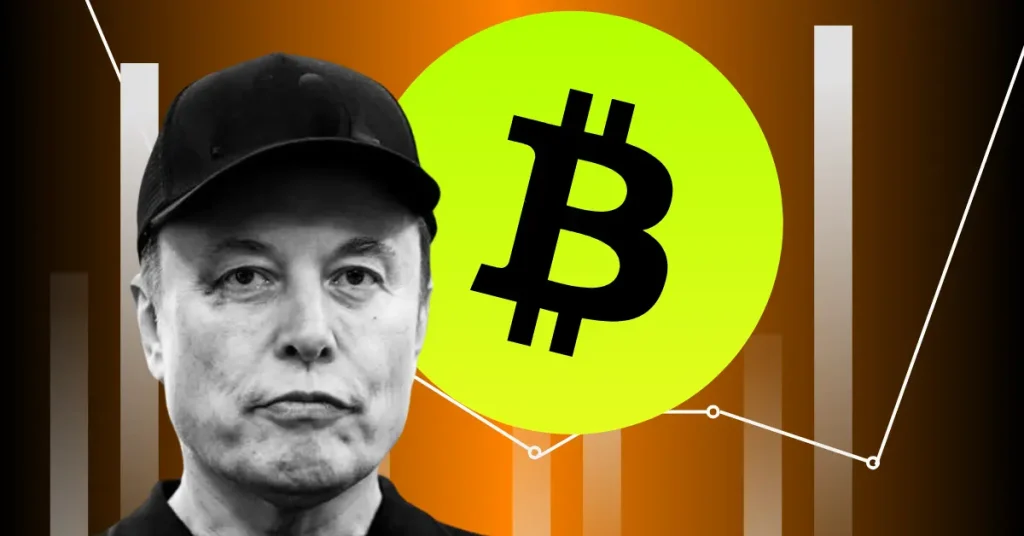
The post Is The Downward Correction In Gold Over? appeared first on Coinpedia Fintech News
After testing the $2,070 level (see chart) and creating a triple top, gold prices have corrected and are now testing support levels. Whether the slide in gold from its recent highs is over is a function of both gold prices and the dollar. Gold prices are quoted in U.S. dollars, meaning any view of gold should incorporate an idea of the greenback. There are several hurdles ahead for the yellow metal, including several major economic releases in the United States, including the May jobs and inflation reports. The underlying issue for gold is whether the Federal Reserve is finished with its rate tightening campaign, and if not, how high can U.S. short-term borrowing rates rise before the Federal Reserve believes it has accomplished its goals.
Why is Gold Quoted in U.S. Dollars
Gold is quoted in U.S. dollars because the U.S. dollar is the world’s reserve currency. This scenario means it is the most widely accepted currency for international transactions. As a result, gold is typically quoted in U.S. dollars as it is the most liquid and widely accepted currency for gold trading. Of the world’s reserves, the dollar makes up more than half of the currency composition of reserves held worldwide.
Gold was the primary currency before the dollar became the world’s reserve currency. The gold standard was officially abandoned by the United States in 1971 when President Richard Nixon announced that the U.S. would no longer convert dollars to gold at a fixed rate. This situation effectively ended the gold standard as a reserve currency.
How Does the Dollar Impact Gold Prices?
The U.S. dollar and gold prices have an inverse relationship. When the U.S. dollar strengthens, gold prices tend to fall, and when the U.S. dollar weakens, gold prices tend to rise. This situation is because gold is priced in U.S. dollars, so when the U.S. dollar strengthens, it takes fewer U.S. dollars to buy the same amount of gold, and when the U.S. dollar weakens, it takes more U.S. dollars to buy the same amount of gold.
Has the Dollar Moved Higher Weighing on Gold Prices?
After surging for most of 2022, the dollar has eased and is now rangebound after declining from its recent highs (see chart). The dollar has moved higher after dropping (see chart) as market participants start pricing in potential additional rate hikes by the Federal Reserve. Interest rate differences and trade flows usually drive the dollar.
What is Driving the Dollar?
Interest rate differentials refer to the difference in interest rates between two countries or currencies. This difference is usually expressed as a percentage and is used to measure the relative value of two currencies. It is also used to measure the cost of borrowing in one currency versus another. The difference between the two currencies’ interest rates is divided by the spot rate, which creates the forward points, which are then added to the spot rate to make a forward rate.
A currency spot rate is the current exchange rate for two currencies. It is the rate at which one currency can be exchanged for another at a given time. Spot rates are used in the foreign exchange market and reflect the delivery of currency from one party to the other within two business days.
A currency forward rate is a rate at which two currencies can be exchanged at a future date. It is a contract between two parties to exchange a specified amount of one currency for another at a predetermined rate on a specified date.
The difference between the spot and forward rates is the cost of borrowing one currency relative to another. When the cost of borrowing rises, the currency that lends at a higher rate usually gains traction relative to the currency where the cost of borrowing increases. For example, suppose rates in the United States are moving from 5% to 5.25%, but the cost of borrowing in the E.U. remains unchanged at 3%. In that case, it will cost 2.25% to hold on to Euros versus the dollar, allowing the owners of dollars relative to Euros to earn 2.25% annually. If the EUR/USD spot rate remains unchanged for a year, the owner of dollars will earn 2.25%.
Is the Rise in the Dollar Nearly Over?
If the rebound in the dollar is a function of interest rates differentials and mainly what is expected out of the Federal Reserve, the answer is not likely. According to the Chicago Mercantile Exchange Fed Watch Tool, the market, as of the end of May 2023, expects the Federal Reserve to raise rates by 25 basis points when it next meets in June. An increase in Fed Funds rates is likely driven by higher-than-expected inflation that is sticky and is remaining elevated for longer than expected.
The Fed’s favoured gauge of inflation is the core personal consumption expenditure. The most recent April gauge shows that core PCE is running at 4.7% yearly, above the Fed’s target level of 2%. Increasing interest rates is the only tool the Fed has to reduce the core PCE back to the 2% level. While some members of the Fed want to see how the market reacts to the rapid increase in interest rates up to 5% from zero in early 2022, the markets now believe they are likely to continue their tightening campaign.
Higher U.S. interest rates will further widen the interest rate difference and continue to buoy the dollar.
Gold Technical Analysis
Another factor that will impact the price of gold is past price movements. Technical analysis studies price changes and how they will affect future price movements. The chart of daily gold prices shows that the price has corrected after hitting a high near $2,070. The move above $2,000 was the third attempt at breaking through the $2,100 since the beginning of 2020. The failure is known as a triple top.
A triple top is a chart pattern used in technical analysis to predict the reversal of an uptrend. It is characterized by three consecutive peaks at approximately the same price level, with moderate declines in between. The triple top is considered a bearish reversal pattern, indicating that the gold price will likely fall after the pattern’s formation.
Gold prices have declined and are now testing support at an upward-sloping trend line created from attaching the lows in November 2022 and the lows in March 2023. Support in trading is a price level at which gold has difficulty falling below. It is a price level where demand is considered strong enough to prevent the price from declining further. Traders use support levels to determine entry and exit points for their trades.
The short-term trend in the price of gold is moving lower. The 10-day moving average crossed below the 50-day moving average. A moving average is a technical indicator. It is a trend-following or lagging indicator based on past prices. A moving average is the average of a specific period. The first period is dropped when the next period is added to the average.
A moving average crossover is a trading strategy that uses two moving averages of different lengths to identify a trend in the price of gold. When the shorter-term moving average crosses below the longer-term moving average, it is a signal to sell. When the shorter-term moving average crosses above the longer-term moving average, it is a signal to buy.
The gold price momentum is negative but decelerating as the MACD (moving average convergence divergence) (see chart) histogram is negative. Still, the trajectory of the oscillator is moving higher, which reflects a divergence in negative momentum. The MACD is a technical indicator used to identify changes in the strength, direction, velocity, and duration of a trend in price action.
The Bottom Line

The upshot is that gold prices will likely test support and trade sideways before moving higher. The upward momentum in the U.S. dollar is critical in determining the future direction of gold prices. The dollar is generally driven by interest rate differentials that favour the dollar. The market believes the Federal Reserve will raise interest to fend off inflation above its long-term target of 2%.

Since gold is quoted in dollars, a rising greenback will continue to generate headwinds for gold prices. The technicals show that gold prices have declined to support. A recent moving average crossover confirms that a downward trend is now in place. Negative momentum is decelerating, which is a positive sign. The signals are mixed, but until the dollar stops rising, the downward trend in gold will remain in place.

 2 years ago
149
2 years ago
149














 English (US) ·
English (US) ·